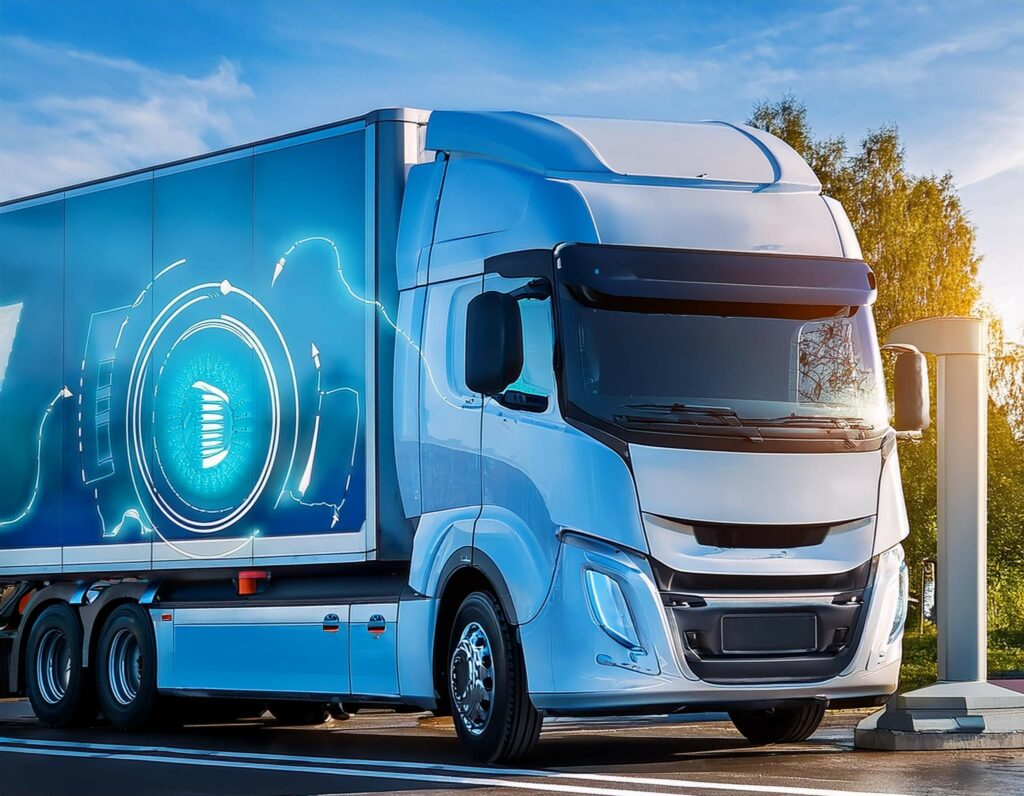New innovations improve safety of EV power take-off

The electrification of commercial vehicles is starting to change the mobile work environment, with the increased use of onboard electric power take-offs (ePTOs) and electrical outlets for powering devices such as tools, battery chargers, coolers, heaters and lighting equipment, and even high-performance compressors.
While this can lead to far more efficient and environmentally friendly work practices, it comes with the added risk of electrical malfunction. And, if these ePTOs and outlets do not have extremely reliable and safe energy supplies, failures within the system could not only cause personal accidents but, if used in transit, even have an impact on vehicle handling.
Differences in voltage within an electric system can bring a high risk of electric shock. In conventional buildings, the neutral conductor and all other conductive parts that may come into contact with an individual are connected to the ground, so any current leakage is conveyed to the ground or, in the event of an overload, trips a fuse.
In these systems, fault-current circuit breakers are used to permanently monitor the current flow through individual conductors and interrupt supply if there is an imbalance that indicates a possible discharge as a result of contact with the human body, offering effective protection against injury.
In contrast, energy grids onboard vehicles have all-pole insulation and are not grounded. Any contact with live parts will not cause power to be transferred to the vehicle chassis or the ground, which reduces the risk of electric shock. But, as faults might not be reliably detected by fault-current circuit-breaker safety mechanisms, this could lead to critical situations.
To ensure the insulation resistance of the electrical system is continually monitored, EVs use insulation monitoring devices (IMDs). In the event of an incident, these devices will emit warnings, but they do not automatically shut down the network as this would risk hazardous fault states.
EVs also use short-circuit protection to protect sensitive semiconductor elements from damage. Instead of the conventional fuses used in stationary systems, they use a system that stops the flow of power automatically in milliseconds when a short circuit is detected, protecting the wiring and connected loads.
The addition of ePTOs or electrical outlets in commercial vehicles add further risks, especially in the event of access by untrained personnel. Sophisticated protective measures are required, and it is essential to shut outlets down whenever a harmless initial fault occurs to prevent this leading to unsafe vehicle handling.
To achieve this, Bucher Hydraulics has developed innovative safe outlets fitted with high-impedance IMDs. These quickly detect insulation faults and interrupt the circuit before any hazards can arise, ensuring the vehicle’s traction system is not affected, while also ensuring user safety, even when multiple outlets without individual breakers are used.
As more commercial vehicles become electrified and head out on the roads, these systems will be essential to ensure the safe operation of onboard power solutions, enabling businesses and remote workers to explore new power solutions, and safely extend the benefits of electrification beyond the vehicle and into the entire outdoor work environment.
Click here to read the latest issue of E-Mobility Engineering.
ONLINE PARTNERS





















